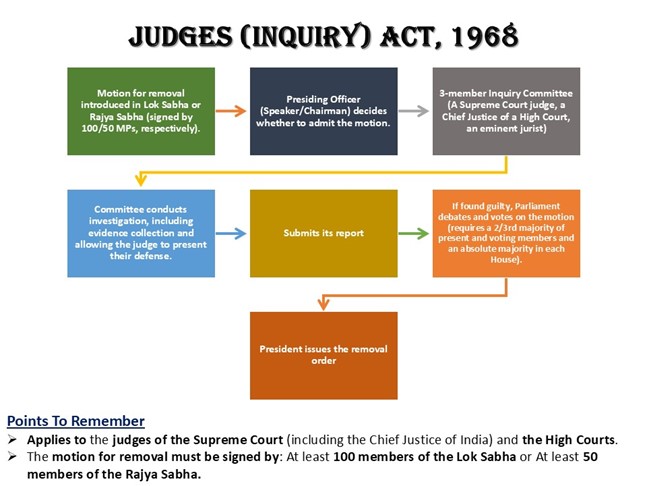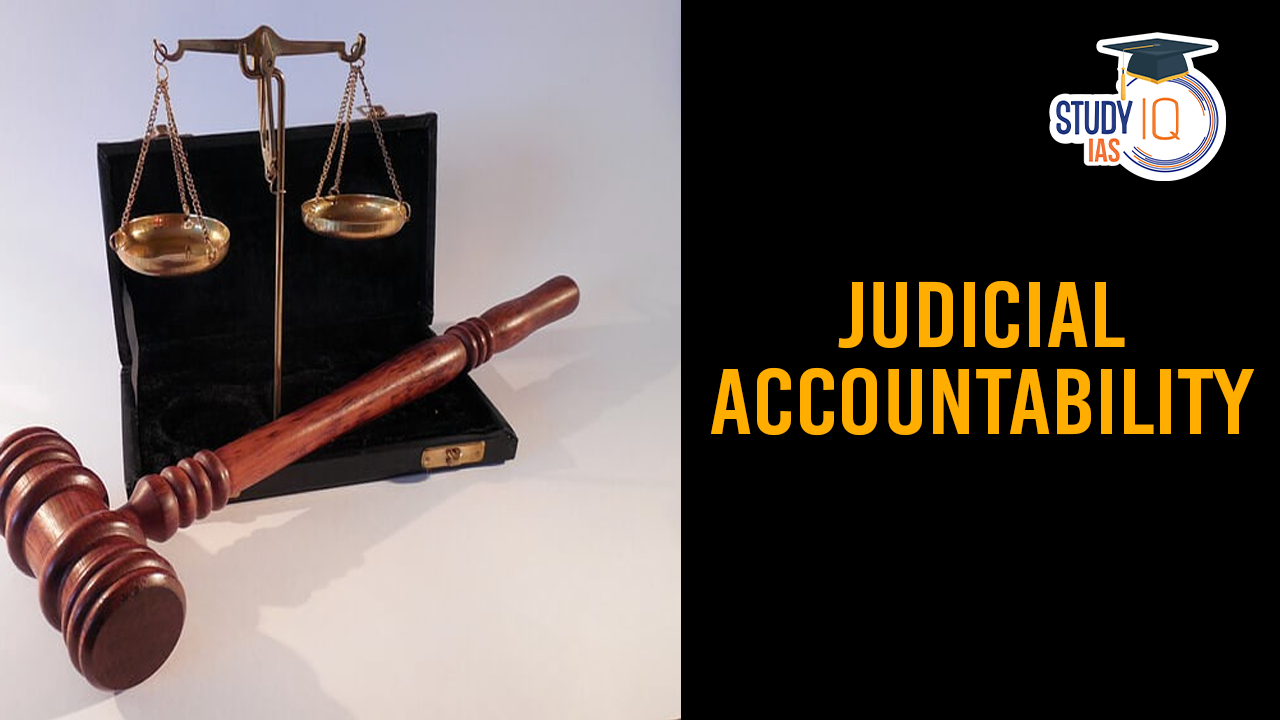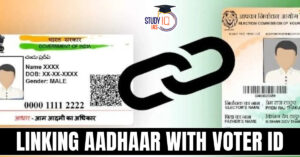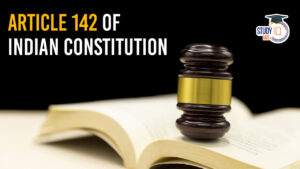Table of Contents
Justice Shekhar Kumar Yadav of the Allahabad High Court delivered a speech that displayed alleged biases against the Muslim community at an event organized by the legal cell of the Vishwa Hindu Parishad. This has brought renewed attention to the lack of an effective mechanism to hold higher judiciary judges accountable for misconduct.
Previous Instances and Charges
- Justice V. Ramaswami:
- Charges: Extravagant spending on his official residence, including improper purchases of air conditioners, furniture, and ceremonial maces, without following due process.
- Outcome: Found guilty of misbehaviour by a three-member panel. However, impeachment failed in the Lok Sabha due to abstentions by the ruling government, allowing him to continue without duties until his retirement.
- Justice Soumitra Sen:
- Charges: Misappropriation of ₹33.23 lakh as a court-appointed receiver in 1983 and misrepresenting facts to a Calcutta court.
- Outcome: Voted for removal by the Rajya Sabha, but he resigned before the Lok Sabha vote.
- Chief Justice P.D. Dinakaran:
- Charges: Accused of grabbing over 300 acres of land from farmers in Tamil Nadu and other misconduct.
- Outcome: Resigned before a three-member panel could complete its investigation.
What are the Challenges in Holding Judges Accountable?
- Complex Removal Mechanism: Judges can only be removed for “proved misbehavior or incapacity” after an impeachment motion passes in Parliament with a two-thirds majority. This process is time-consuming and politically influenced.
- Judges’ Resignation to Avoid Accountability: Judges like Soumitra Sen and P.D. Dinakaran resigned before the impeachment process could be completed, thereby avoiding formal accountability.
- Limited Jurisdiction of Investigative Committees: The resignation of a judge often leads to the termination of investigations, despite evidence of misconduct, as seen in Dinakaran’s case.
- Parliamentary Abstentions: Political considerations often hinder impeachment motions, as evidenced in the case of Justice Ramaswami, where Congress abstained, leading to the failure of the motion.
- Judicial Immunity: Judges retain perks like pensions and post-retirement benefits even after being found guilty of misconduct, further limiting accountability.
- Lack of Independent Oversight: The Judges (Inquiry) Act, 1968, does not provide for continuous monitoring or penalties post-resignation, leaving gaps in enforcing accountability.
- Public Trust and Judicial Integrity: Failure to act decisively undermines public confidence in the judiciary, creating a perception of impunity for those in high offices.
| Articles Related to Removal of Judges |
|

Way Forward for Enhancing Judicial Accountability
- Streamlining the Removal Process: Simplify and expedite the impeachment mechanism by reducing procedural delays.
- Introduce reforms to make the process less susceptible to political influences, ensuring it remains impartial.
- Independent Oversight Body: Establish an independent National Judicial Accountability Commission (NJAC) with powers to monitor, investigate, and act on complaints against judges.
- This body should function autonomously, free from political and judicial interference.
- Penalties Post-Resignation: Amend laws to ensure that resignation does not absolve a judge from investigations or penalties.
- Introduce provisions for disqualification from future public offices and forfeiture of pensions and benefits if found guilty.
- Code of Conduct and Transparency: Mandate the adherence to a strict judicial code of ethics like the “Restatement of Values of Judicial Life.”
- Increase transparency in judicial appointments and proceedings to restore public trust.
- Public Awareness and Participation: Educate the public on judicial accountability processes to foster trust and ensure greater scrutiny.
- Allow mechanisms for citizens to lodge complaints, which can be vetted by an independent body.
| UPSC PYQ |
Q. Consider the following statements:
Which of the statements given above is/are correct? (2019) (a) 1 and 2 (b) 3 only (c) 3 and 4 only (d) 1, 3 and 4 Answer: C |


 Linking Aadhaar with Voter ID Endangers ...
Linking Aadhaar with Voter ID Endangers ...
 Article 142 of Indian Constitution, Sign...
Article 142 of Indian Constitution, Sign...
 Pakistan-Occupied Kashmir (PoK): History...
Pakistan-Occupied Kashmir (PoK): History...





















